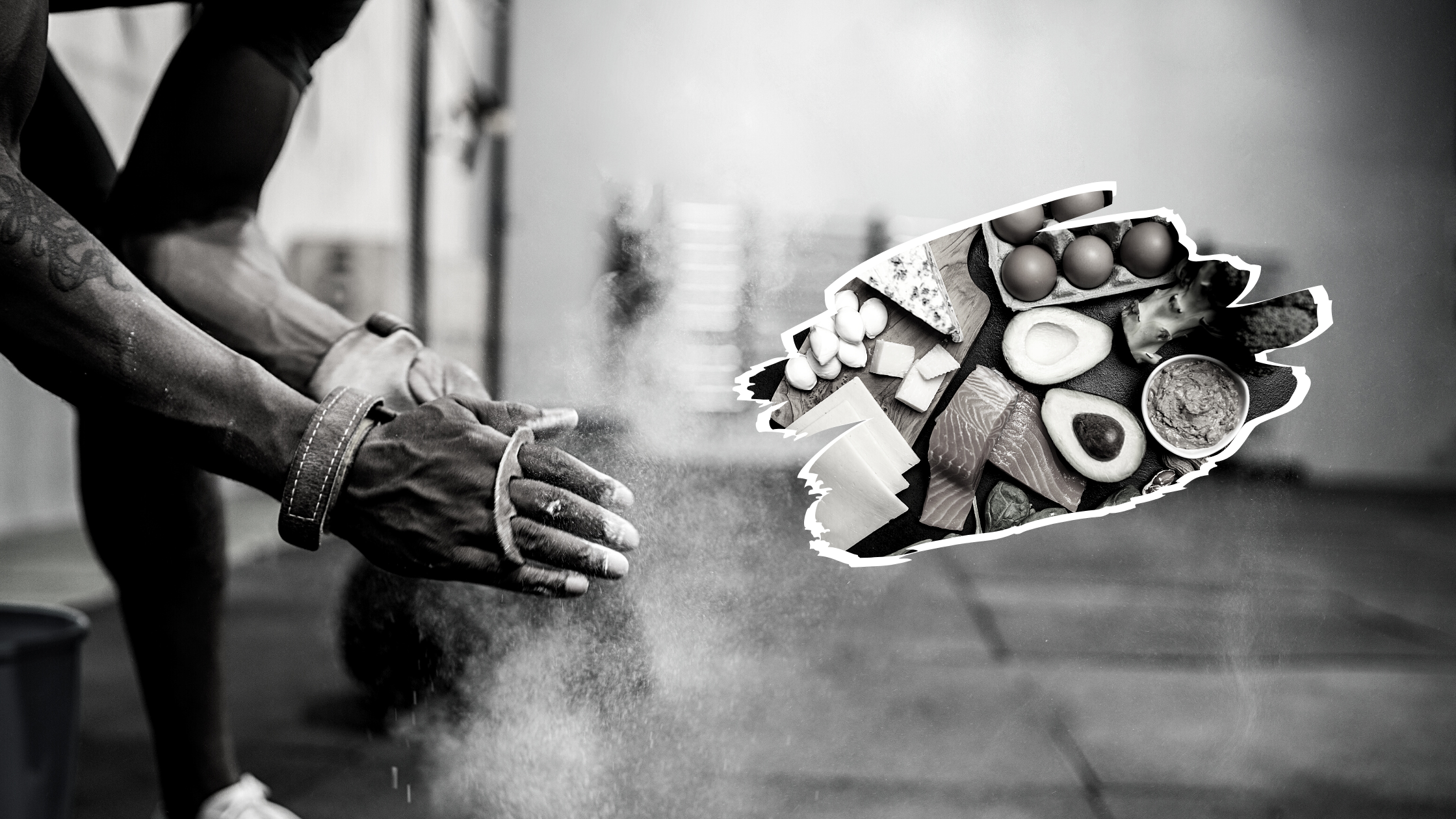What is a Compatible CrossFit Diet?
In CrossFit, athletes are generally recommended to eat fats, vegetables, nuts and seeds, certain fruits, and low-starch and low-sugar foods, as well as to “maintain levels that will support exercise, yet not gain body fat. But specific CrossFit nutritional recommendations are based on the Zone Diet, founded 30 years ago by Barry Sears, a biochemist, and author of The Zone. Cross Fit diet is designed to control blood sugar and reduce inflammation, which can prevent hunger and reduce the risk of chronic diseases, such as obesity, heart disease, and type II diabetes.
It is recommended that to organize a balanced, Zone- and CrossFit diet, divide your plate into three portions and fill it with:
- 1/3 of lean protein: Options contain skinless chicken breast, fish, lean beef, and low-fat milk.
- 2/3 healthy carbs: Prefer colorful, non-starchy vegetables and fruits with a low glycemic index (GI).
- A small amount of healthy monounsaturated fats: Olive oil, avocado, and nuts are just a few alternatives.
Significantly, not all CrossFit trainers offer the same dietary advice. Some recommend a paleo diet, which completely excludes dairy products, cereals, and vegetables. It is also possible to combine both - eating a paleo-style Zone Diet. Additionally, you can adjust your diet to match the vegetarian or vegan lifestyle.
Quick Tips
In the world of fitness, food is a tricky topic but here are some good CrossFit nutrition tips that you can follow:
- Sports enthusiasts (e.g. athletes) will need to eat more calories than the average person. Not eating enough calories may lead to initial weight loss, but in the long run, it will lead to fatigue and weight loss. So choose foods that meet your calorie needs,
- Properly divide your macronutrients until you find a balance that improves performance.
- Adequate micronutrient nutrition intake is crucial. Similar to essential vitamins and minerals that help your body function and stay healthy.
- According to your goals, your diet should be based on what you would like to achieve (i.e. weight loss, better performance, qualifying for a particular CrossFit competition, etc.) so, aligning with the goal is important.
- Balance your diet in a way that promotes permanence and longevity.
CrossFit Nutritional Guideline
The CrossFit-compatible Zone Diet advises consuming 40% of your calories from carbs, 30% from protein and 30% from fat — but says that best athletes may need more fat. Protein, carbs, and fat are classified into blocks in food to simplify your diet and ensure you consume the recommended ratio of macronutrients. These blocks also help maintain nutritional balance during meals.
What Is A Block?
A block is a way to measure the protein, carbs, and fat you take. You can measure the amount of protein, carbs, and fat you eat with blocks: one carbohydrate block is equal to 9 grams of carbohydrates (excluding fiber), one protein block is equal to 7 grams of protein, and one fat block is equal to 1.5 grams of fat.
Fat block represents a limited amount of healthy fats - such as salad dressings - that you add to a diet. You can put together a Zone meal simply by choosing one item from protein, one item from carbohydrate, and one from fat.
How Many Blocks Do You Need?
Your gender, body size, and level of activity determine how many blocks you need each day. A medium-sized woman needs 11 blocks daily for each macronutrient phase - carbohydrates, proteins, and fats - and a medium-sized man needs 14 blocks.
Once you know your block count, divide your blocks evenly into snacks and meals to ensure they are balanced in carbohydrates, proteins, and fats. A medium-sized woman needs 3 blocks of macronutrient per meal, compared to 4 blocks per macronutrient for a medium-sized man. Some 1-2 blocks of macronutrient each are eaten as a snack.
For instance: To plan a 3 block breakfast, you will need 3 blocks each of protein, carbs, and fats. Consulting with the block chart shows you that 1/3 cup of cooked oatmeal counts as a 1 carb block. For 3 blocks, you can eat 1 cup of cooked oatmeal. Similarly, 1/4 cup cottage cheese is counted as 1 protein block. For 3 blocks, eat 3/4 cup cottage cheese. Finally, 3 almonds are counted as 1 fat block. So, eating 9 almonds can give you 3 blocks.
Weighing And Measuring Foods
CrossFit- recommended hand and eye method to measure the components of healthy protein and carbs which means choosing proteins, such as meat, according to the size and thickness of your palm (3–4 ounces of cooked), and then making about two-thirds of the vegetables on your plate and then a small amount of fruit. However, you need to weigh your dishes at least once a week to get a better observation for measuring food portions.
Wrapping up
If you are an enthusiast about Crossfit and want to achieve success, you just cannot avoid well-considered and planned meals. Crossfitters find a balance between high-energy foods and light foods to be able to work out profoundly and maintain speed and flexibility.
According to CrossFit Games athlete Sam Briggs, when she started with CrossFit her regular breakfast was a big cereal bowl. Lunch was the same: another large bowl of cereal, which usually has three different types of cereals all put together. After years of eating cereals, Briggs was introduced to the Zone Diet when she started CrossFit in 2009. She stated that although she does not remember exactly how many Zone blocks she ate per day, Briggs signed up for a 30-day Zone diet challenge offered by her gym and conscientiously ate the exact number of Zone blocks she was told to eat each day. At the end of 30 days, she took a “cheating week,” but she soon realized that the Zone diet was a better way to eat than her old big cereal bowls so Briggs continued to follow the Zone diet for about two years, and her fitness and flexibility improved within no time.
The Zone Diet assures that by harmonizing your diet, you will be able to lose weight and avoid starvation. In fact, calorie restriction and healthy food choices are more critical for weight loss than any complicated dietary measure.



